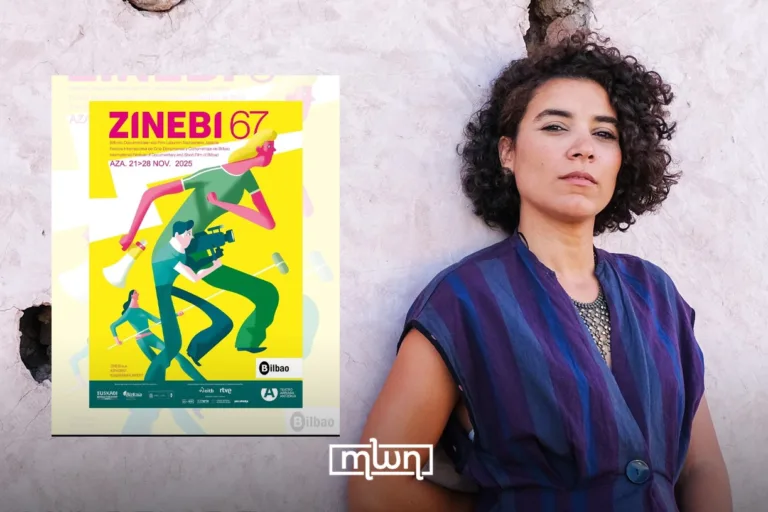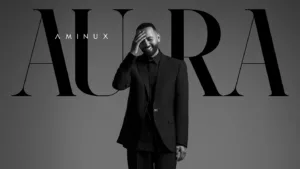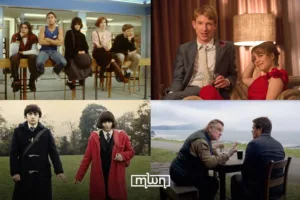Fez — The movie begins with a simple setup. On his fifth anniversary, Nick Dunne comes home to find his wife, Amy, missing. Police see signs of a struggle. Neighbors whisper. TV crews circle the house. From the first scenes, Fincher invites you to question what you see and to notice how fast a private crisis becomes a public show.
What makes the film work is control. Fincher’s camera is steady and precise, the cuts are tight, and the pace never sags. Cinematographer Jeff Cronenweth gives the suburbs a cool, glassy look that fits the story’s mood. Trent Reznor and Atticus Ross add a score that sounds soothing at first then turns uneasy, like elevator music hiding a secret. Together, image, edit, and sound create tension even when no one raises a voice.
The acting locks it in. Rosamund Pike’s Amy is poised, smart, and unreadable from the start. Her performance shifts tone without ever feeling forced, and it earned her an Oscar nomination for a reason. Ben Affleck plays Nick as charming and slightly guarded, which makes his talk-show smiles feel like clues. Carrie Coon, as Nick’s sister, brings warmth and bite. Kim Dickens, the lead detective, keeps the police angle grounded. Tyler Perry, as star lawyer Tanner Bolt, brings quick humor that also shows how media-savvy the case becomes. Neil Patrick Harris, as Desi, adds another layer of control and obsession.
Structure is the movie’s secret engine. The film blends present-day investigation with Amy’s diary entries, which paint the marriage in a different light. Halfway through, the story pivots and you realize the film has been teaching you how to watch it. Nothing feels cheap. Some scenes are replayed, unfolding in ways that differ significantly from the original—a sign of strong writing and editing.
“Gone Girl” is also about performance. Nick wants to look like the good husband on TV. Amy wants to be seen as the perfect wife in memory. Both know they are being watched, so both act for the crowd. Fincher is subtle with this idea. He lets it play out in press conferences, staged photo ops, and a carefully timed TV interview that flips public opinion in a heartbeat. The film’s take on media is simple and sharp: once a case becomes content, truth competes with ratings.
The violence—when it comes—is brief and shocking. Fincher shoots it with clean lines and matter-of-fact detail, which makes it hard to shake. The “Cool Girl” monologue, delivered in voiceover, became a cultural reference because it names a recognizable archetype. The movie does not ask you to like its characters. It asks you to follow their choices to the end.
That end still stings. The case closes in a legal sense, but the problem does not go away. The final scenes are cold, humorous in a dark way, and honest about how some couples survive by keeping a story alive. You leave the film with answers about the mystery and new questions about the marriage.
Over a decade on, “Gone Girl” holds up because the craft is exact and the ideas are clear. It is a thriller that respects the audience, a studio movie that feels handmade, and a reminder that the scariest lies are the ones people tell with a smile for the camera.
















